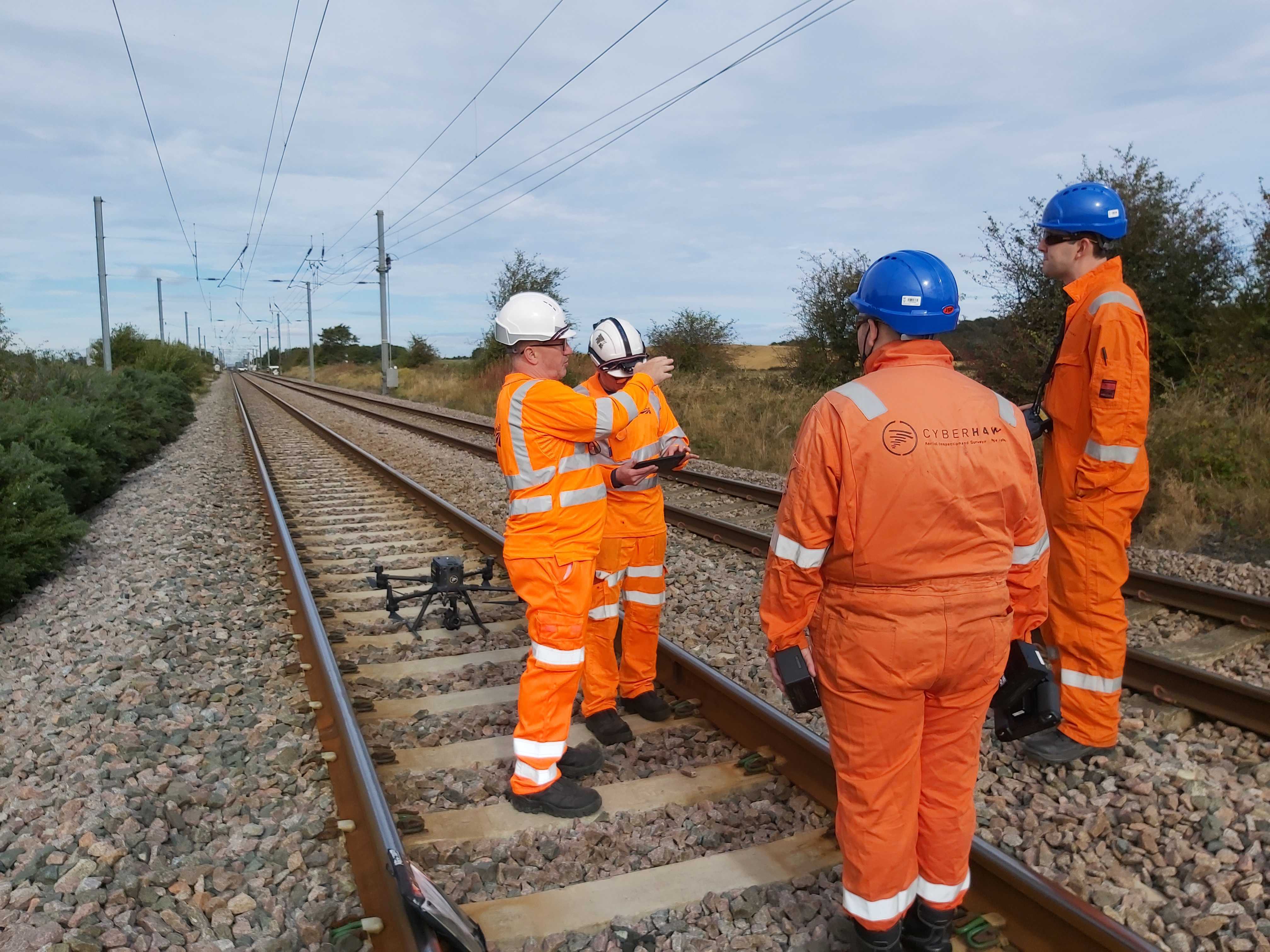‘Continuous Improvement’ and ‘Lean Manufacturing’, have been buzz words in manufacturing industry for many years. The method of identifying opportunities to streamline processes and reduce manufacturing downtime is now a core part of the way many businesses operate - but what about the human element?
Here, Keith Tilley – CEO at Intoware, takes a look at why continually improving your people is just as important – and why digitalisation holds the key to doing this successfully.
As technology moves on at a rapid pace and AI continues to evolve, the world is waiting with bated breath to see the impact on the way we all live and work.
In the manufacturing industry, progress is already well underway.
‘Lean Manufacturing’ – a production process based on maximising productivity while simultaneously minimising waste – is common practice in many organisations now.
Lean manufacturing classes ‘waste’ as ‘anything that doesn’t add value that customers are willing to pay for’ – but sometimes, this process risks overlooking the critical human element of a manufacturing business – a factor that often plays a vital role in the company’s legacy and future development.
Ensuring the focus of continuous improvement applies to both process and frontline workers is where the sweet spot lies. Digital workflows provide the insights and working practices to boost productivity, reduce downtime and support the ongoing development of the workforce.
Implemented correctly, digital workflows can not only improve efficiency on the job, they can also provide an easier way to help staff continually improve what and how they are doing.
Firstly, digital workflows standardise the steps required to complete a task.
Users can simply move through each instruction, verifying what they do using the digital technology to record images or video.
This immediately removes room for error and allows workers to improve the way they carry out tasks.
Connected frontline workers are each following the same instructions, in the same way, providing peace of mind and accountability when it comes to compliance.
Secondly, the process of following a digital workflow means data is being continually captured in real-time.
This data provides valuable insights into the operations of a manufacturer – from the time taken to complete tasks to identifying any bottlenecks that are occurring – allowing changes to be made to the workflow to improve the way staff are working, supporting the Lean Manufacturing process.
Changes can be made quickly and easily and pushed out to all workers at the touch of a button, with each workers’ device notifying them immediately.
Thirdly, training can be rolled out quickly and easily.
Compliance often requires employees to undergo specific training and hold relevant certifications.
Digital workflows can be used to create training programmes so it’s easy to track and manage what training has been completed by which user.
So, if there’s a clear skills gap within the team, training can be implemented fast and recorded digitally, ensuring all workers are equipped with the knowledge they need to do their job well, and can enhance their development regularly without the need for a wealth of paperwork.
In summary, Lean Manufacturing and Continuous Improvement have an important place at the table when it comes to manufacturing. But, the buy-in and development of your workers is just as important and key to the longevity and success of the sector.




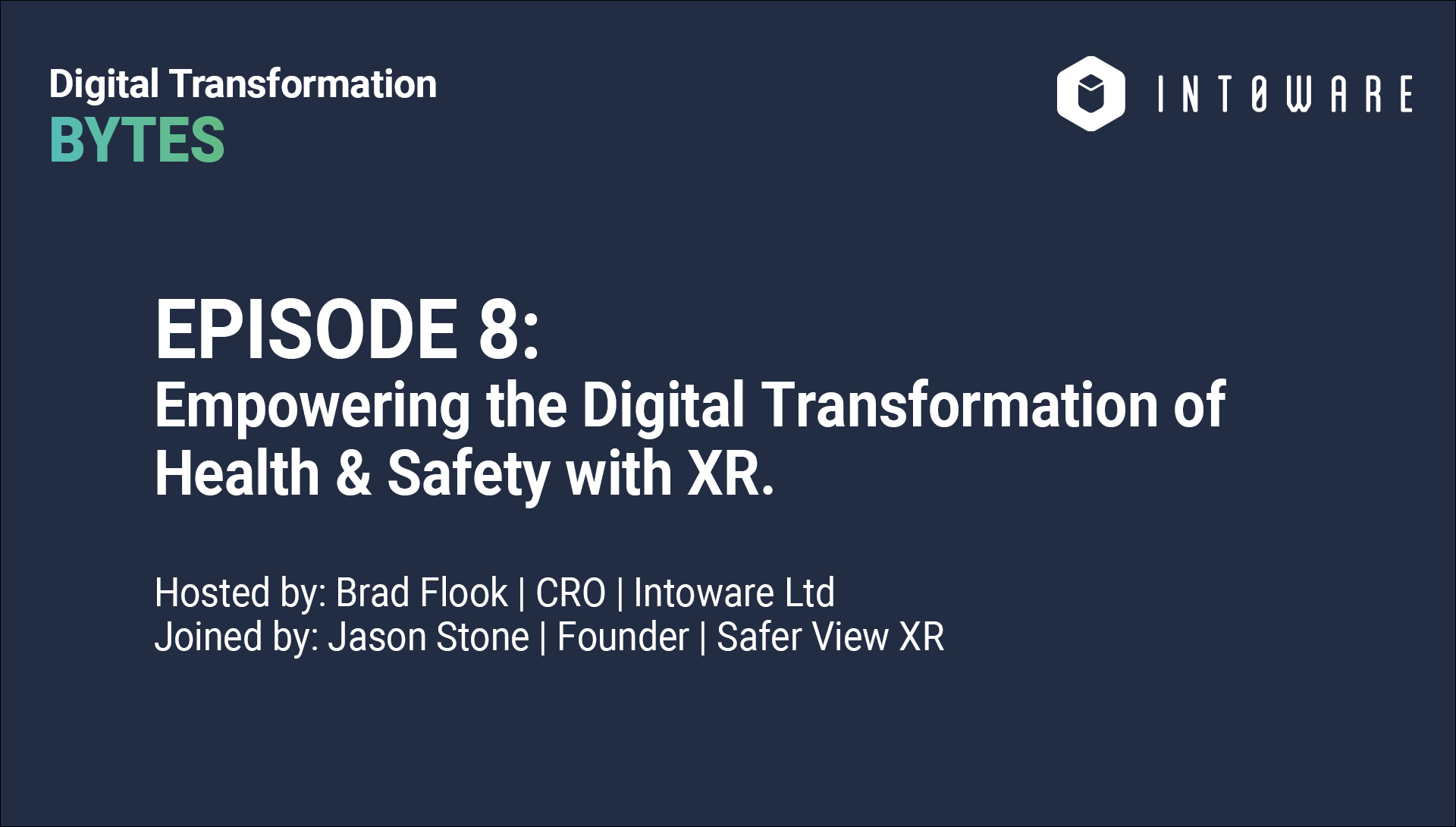






















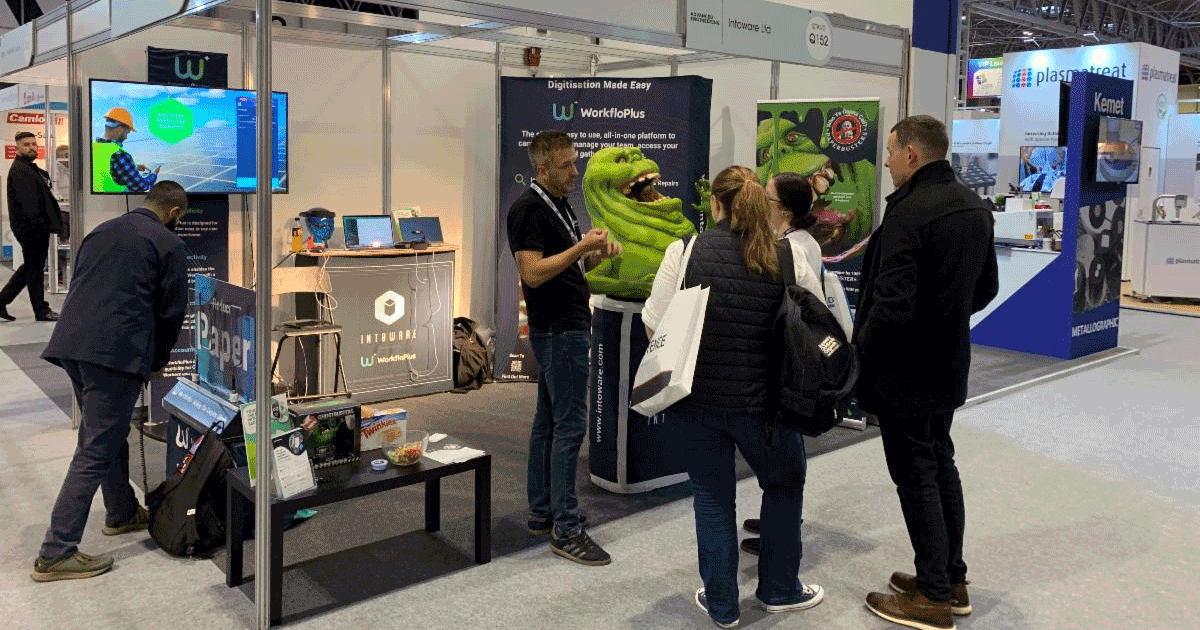







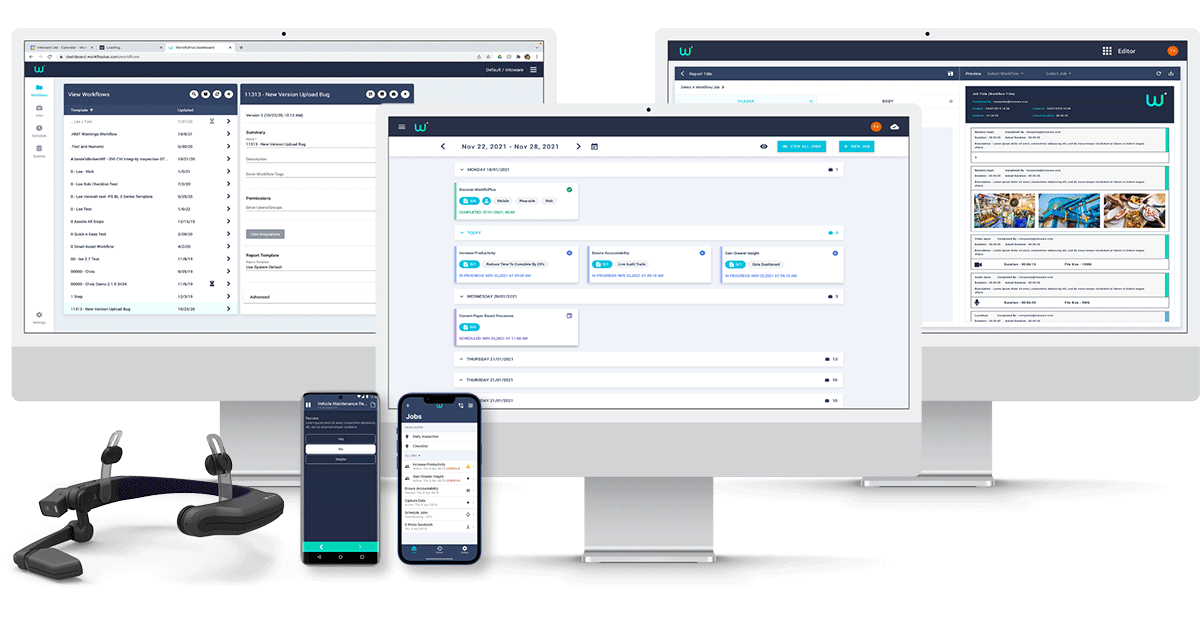


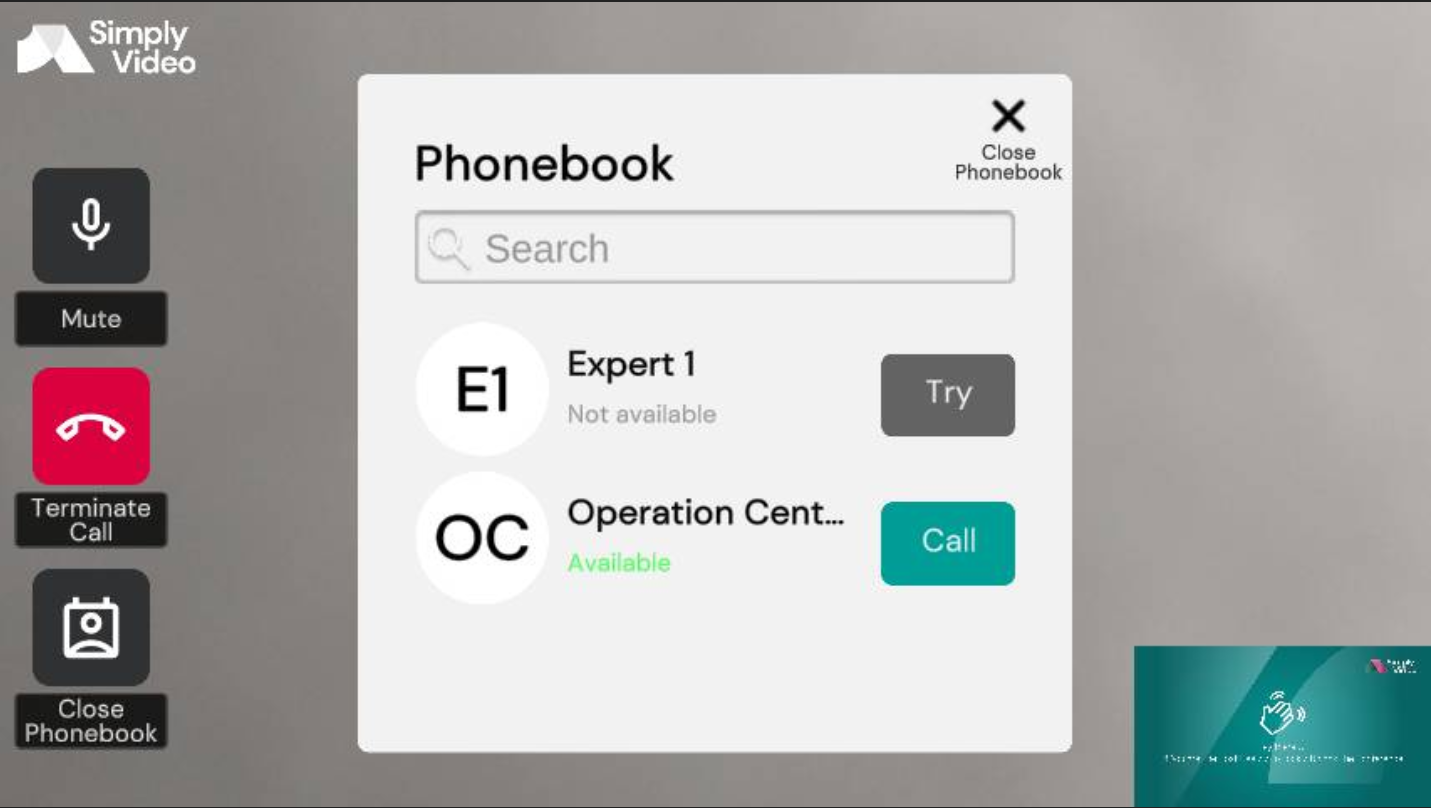
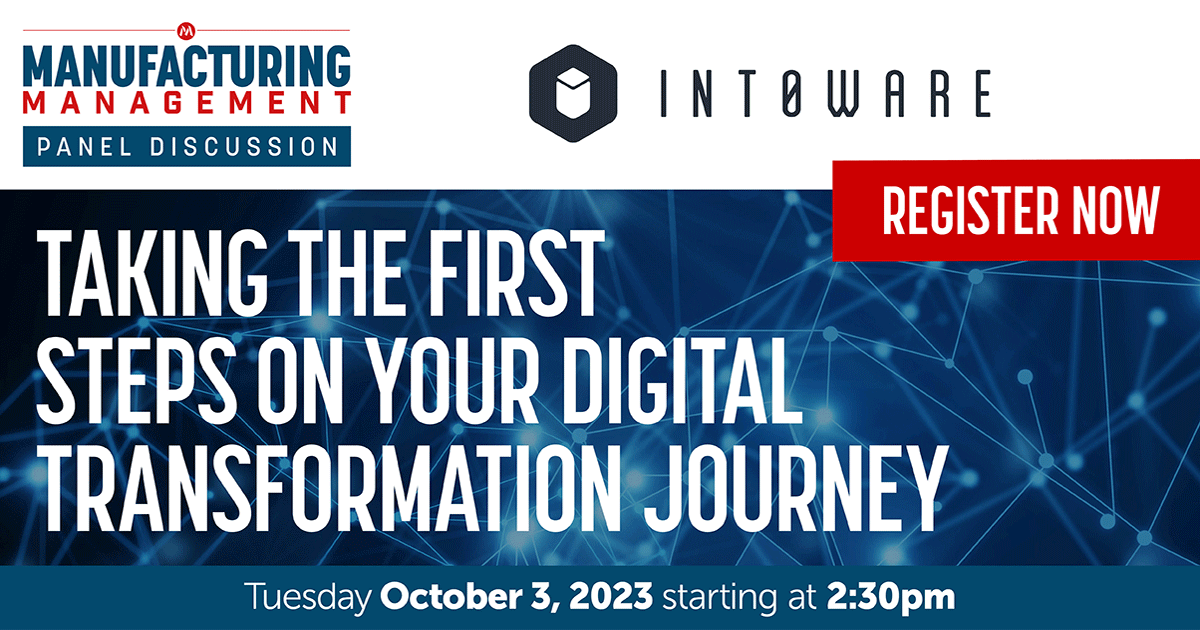


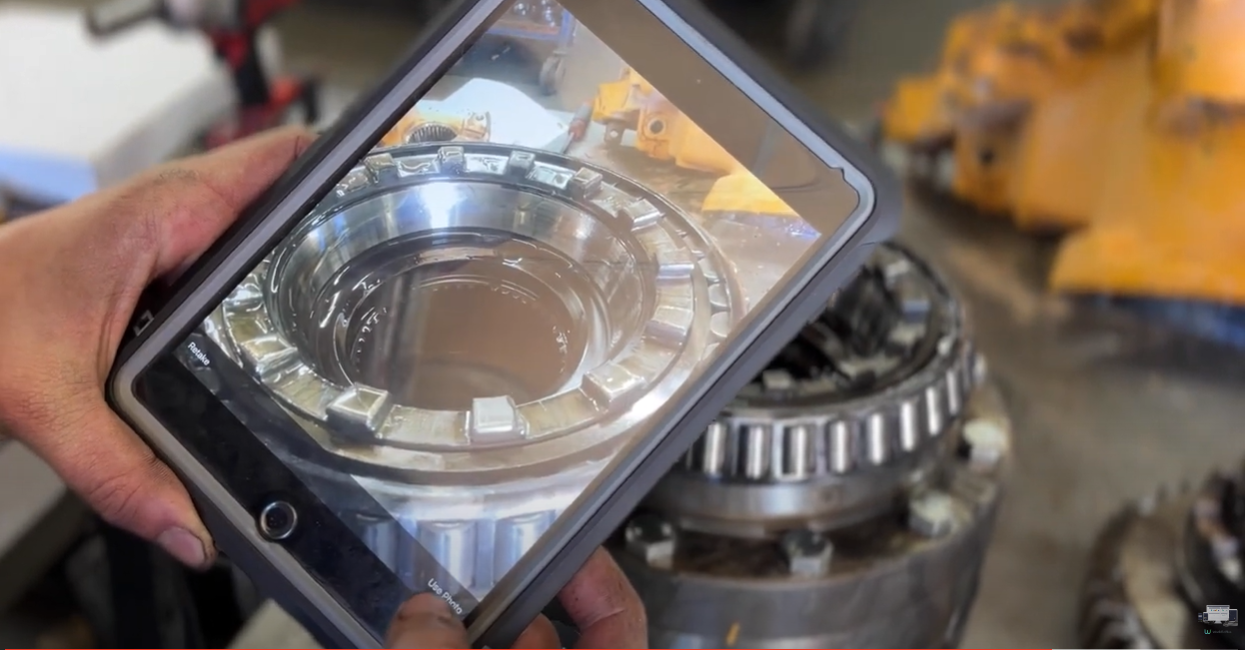
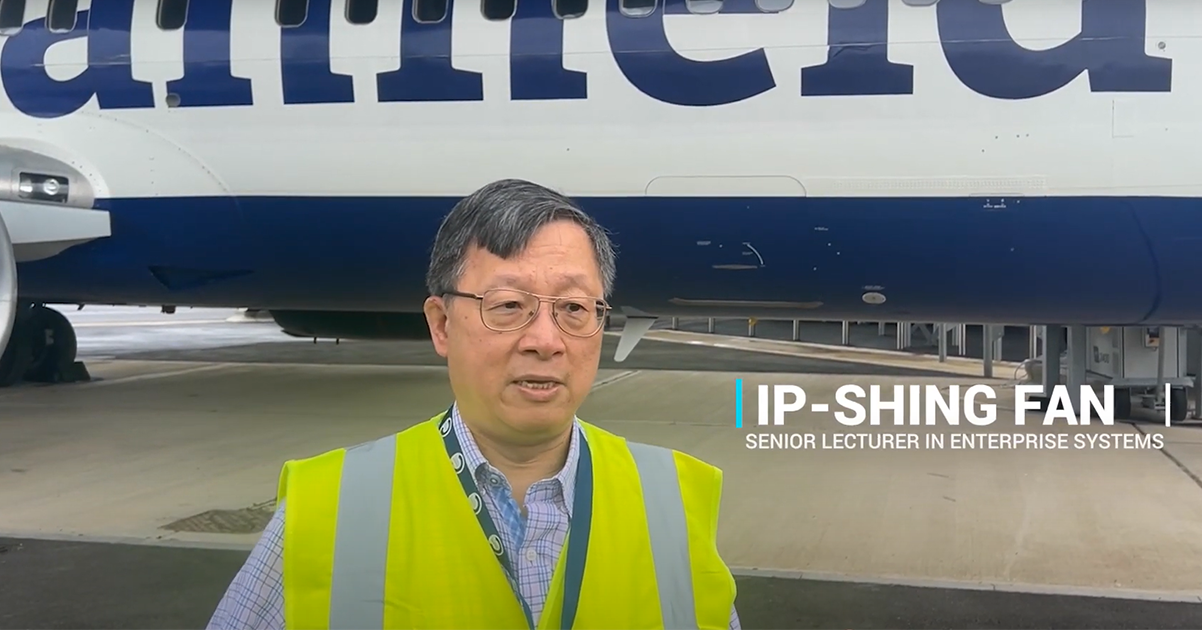



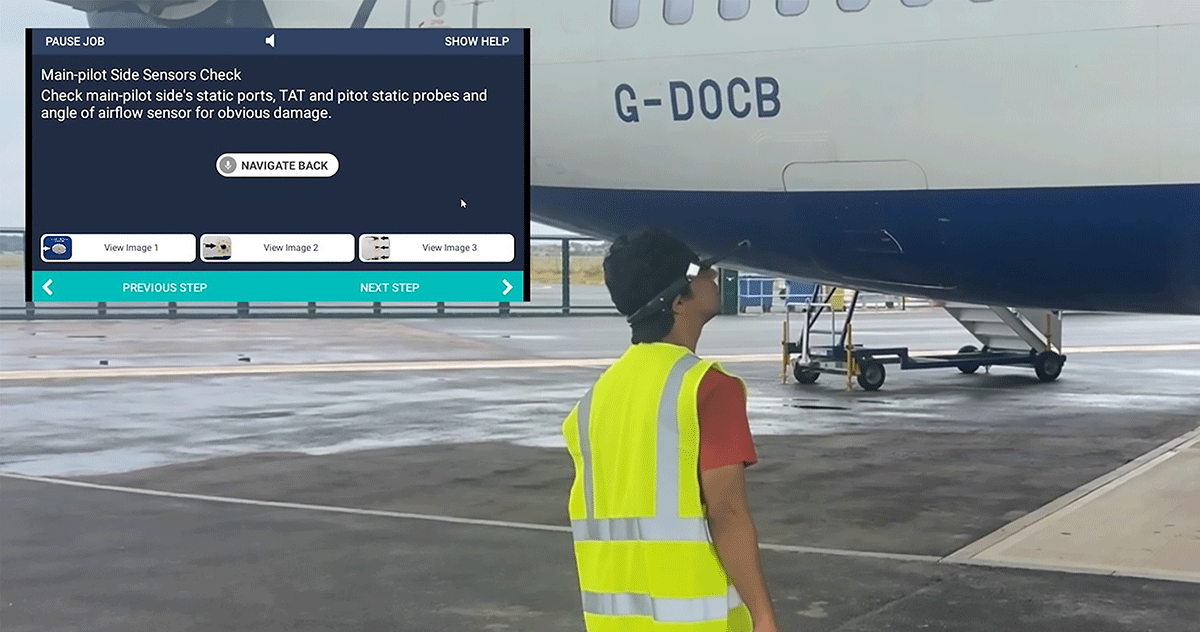
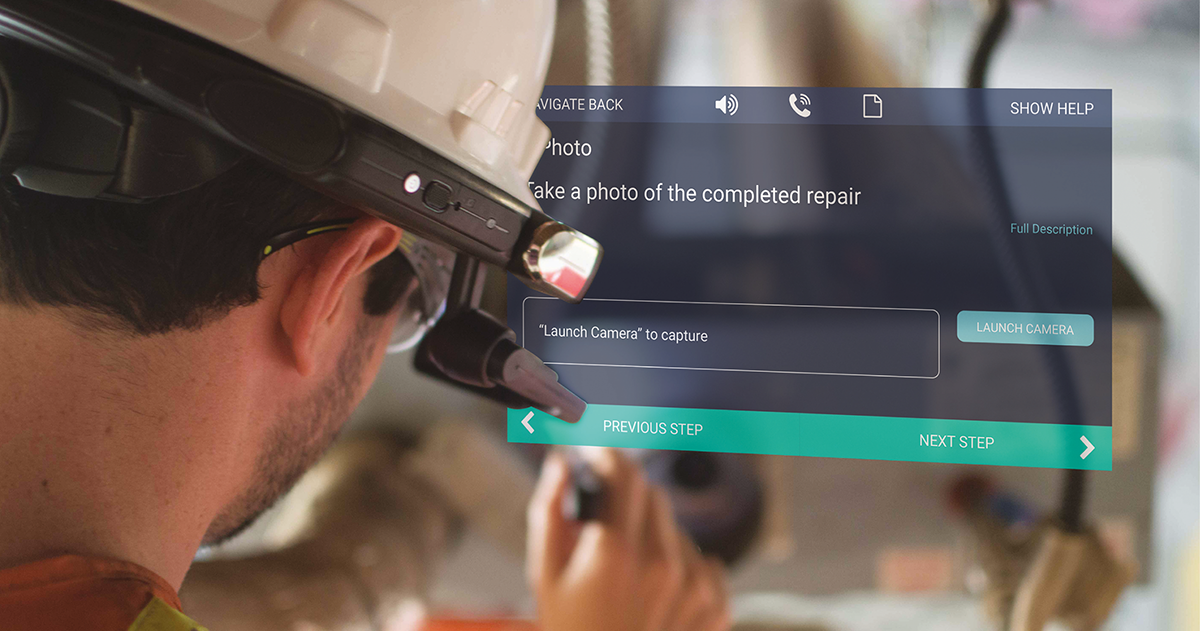
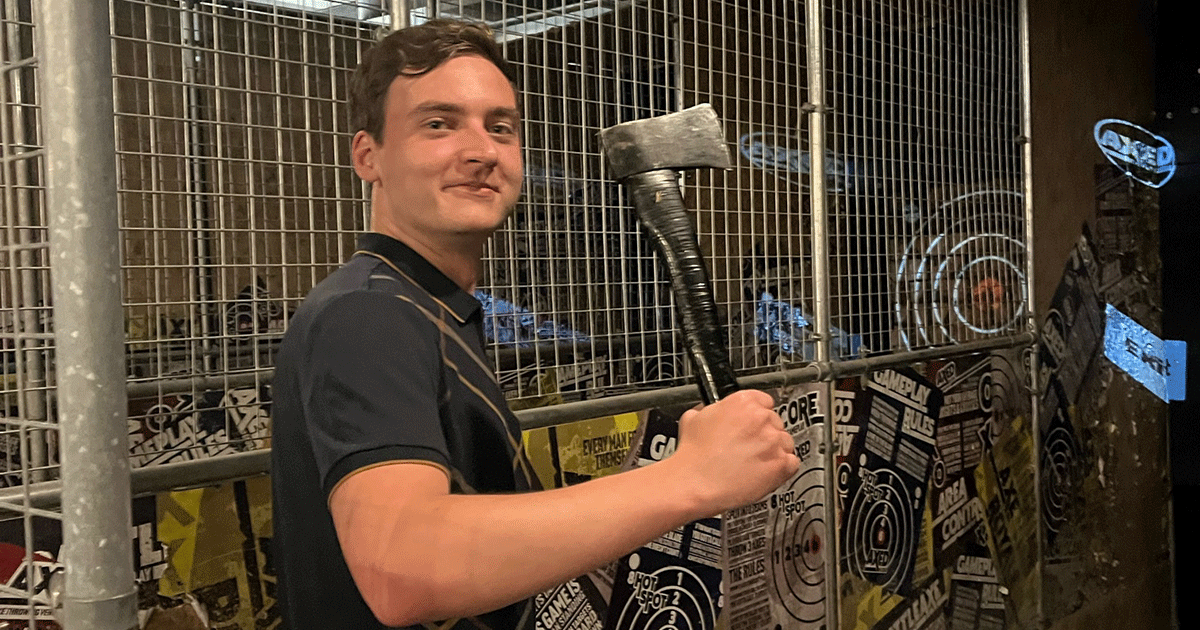
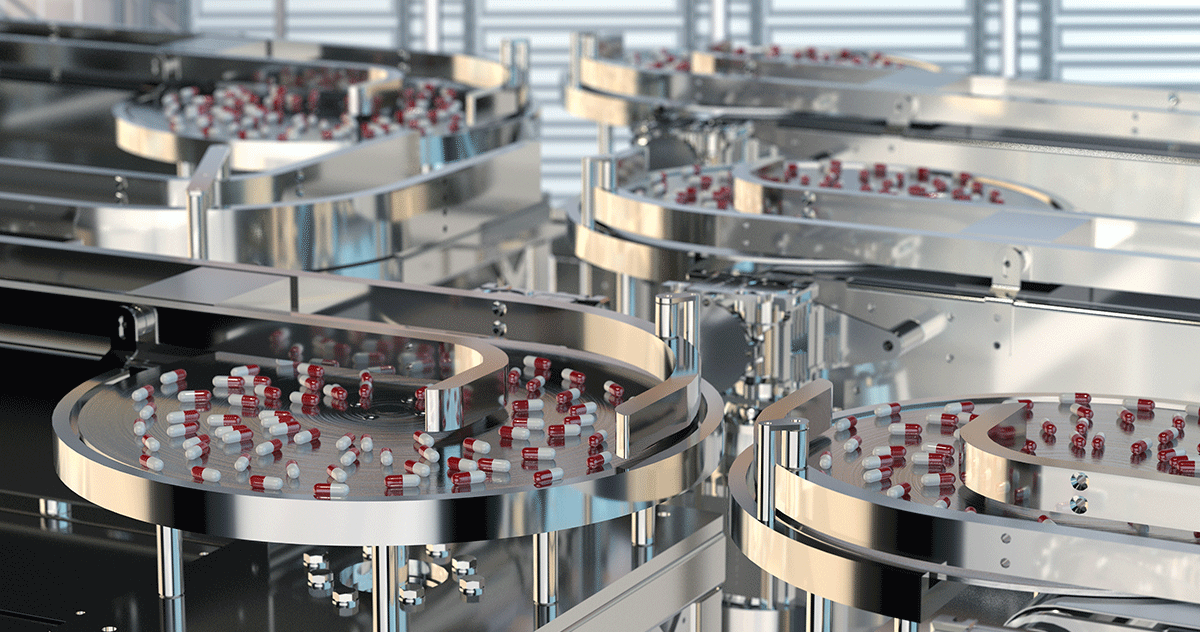

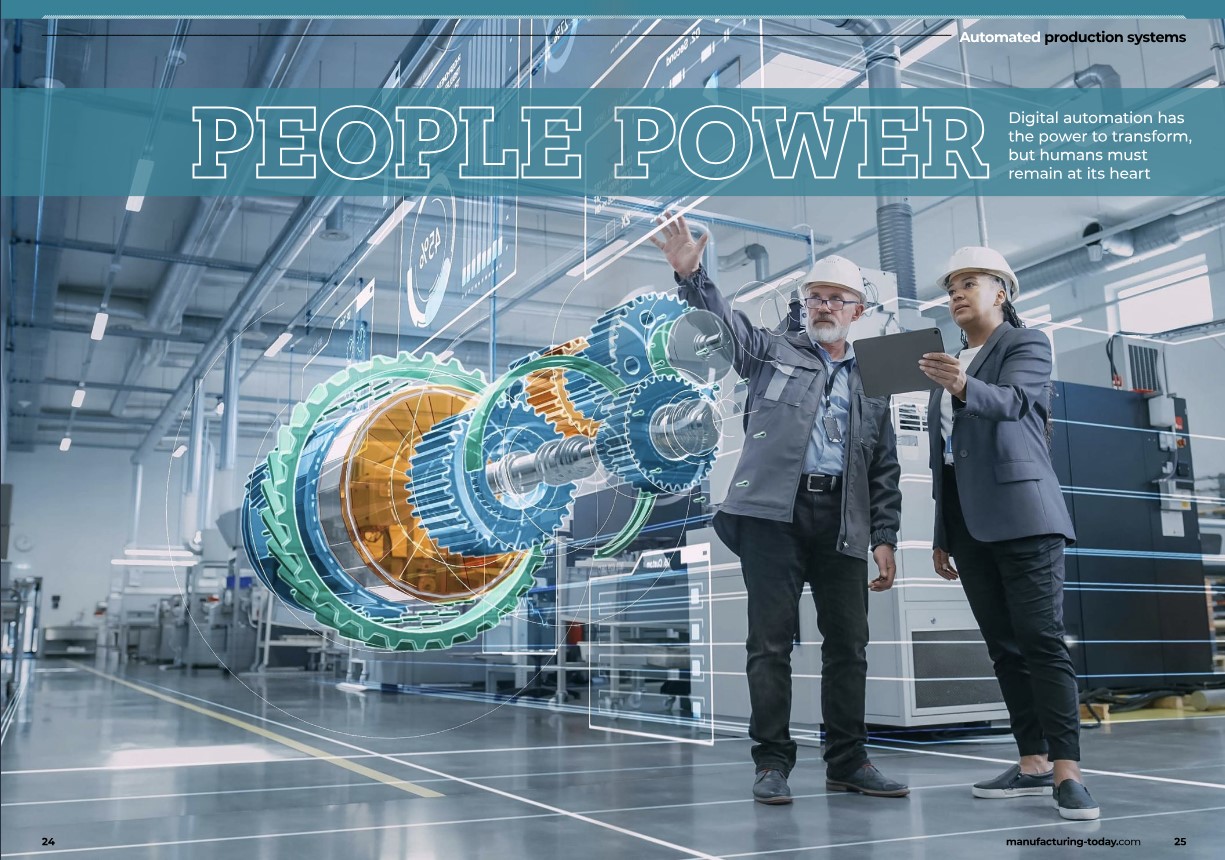






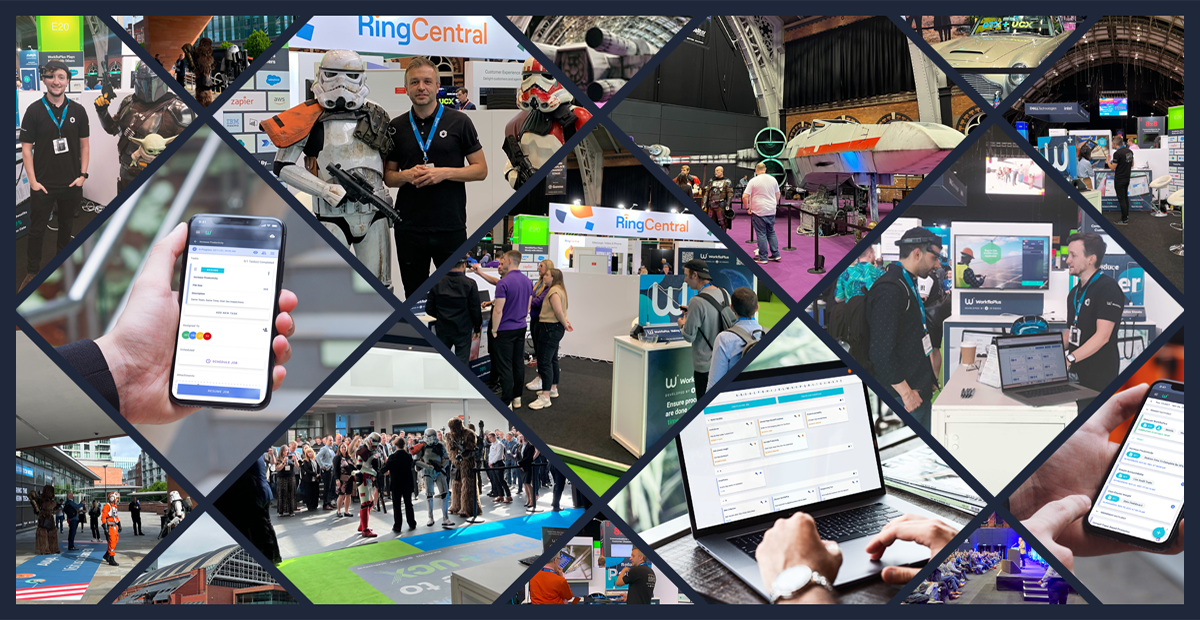







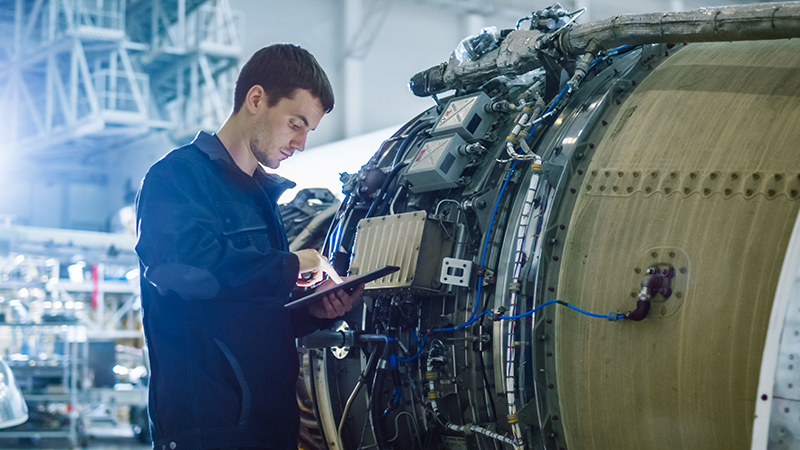




.jpg)


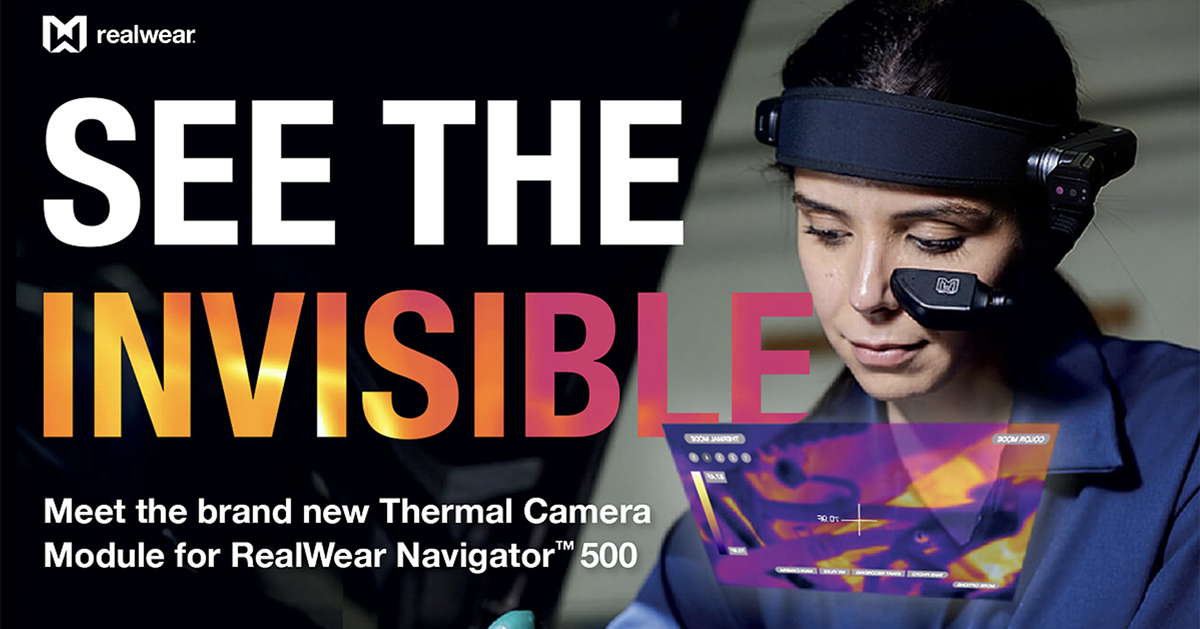
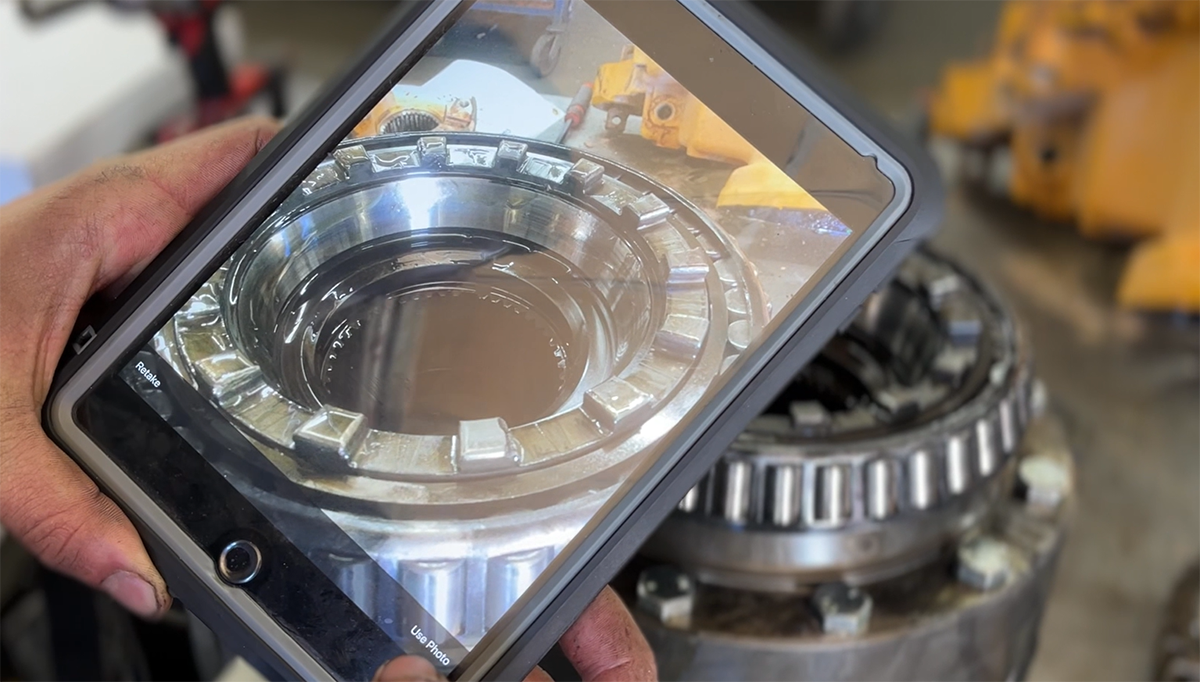





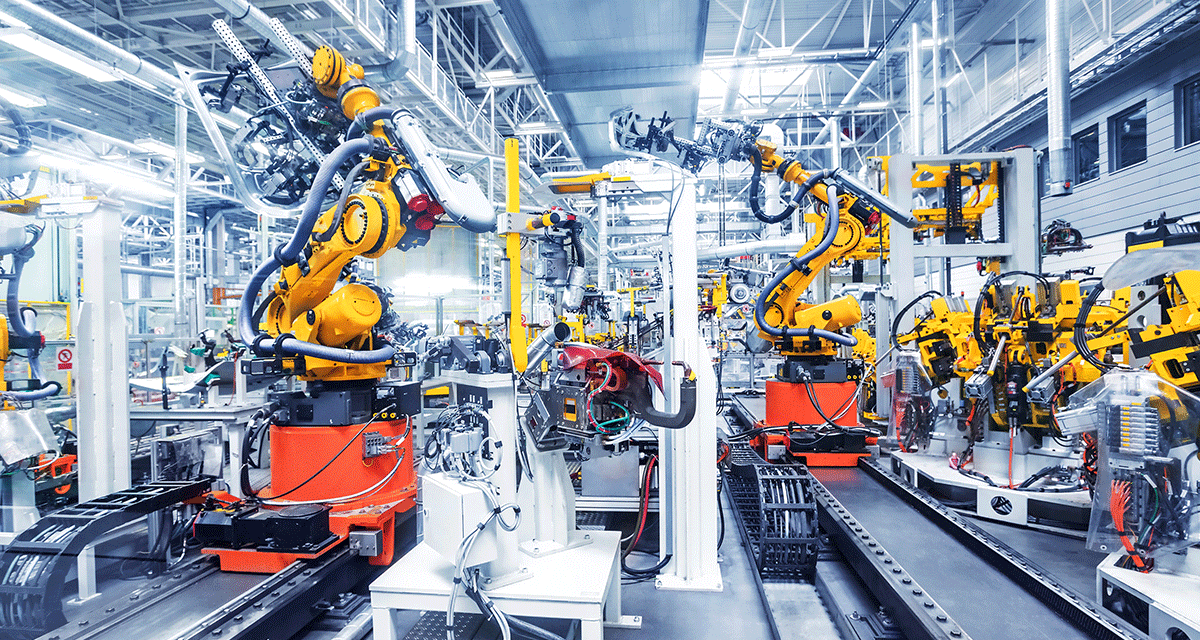
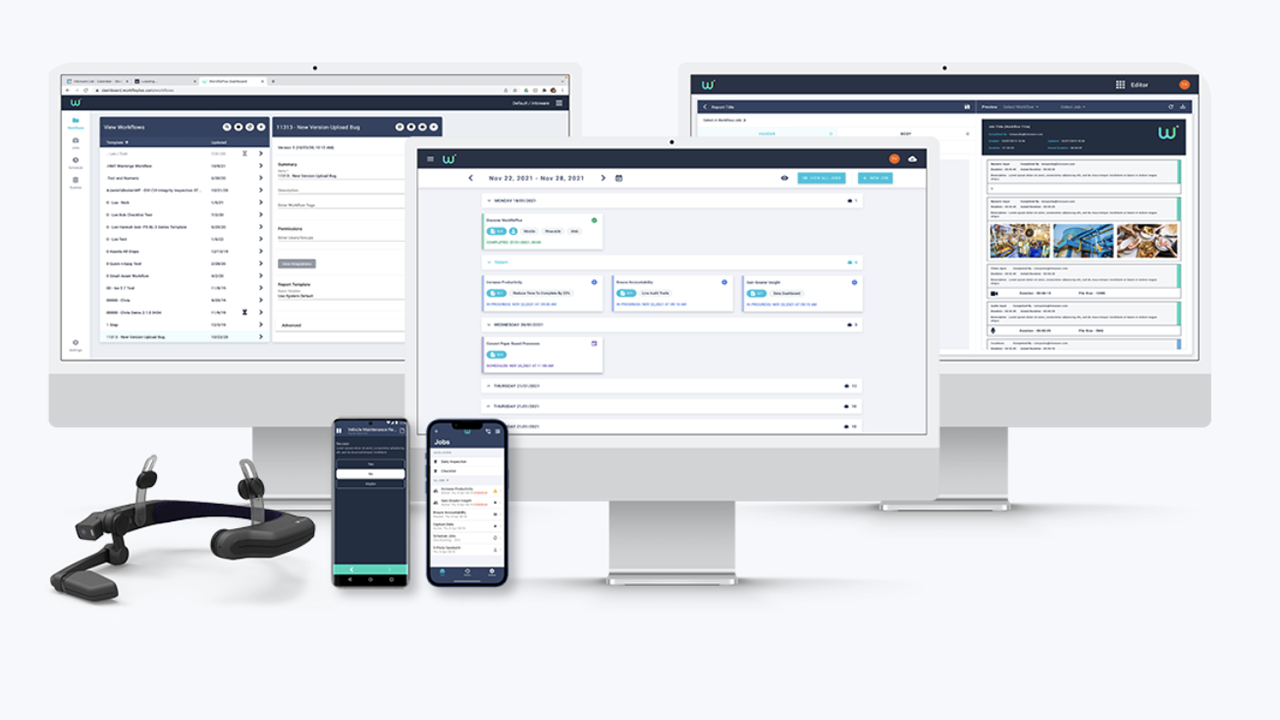



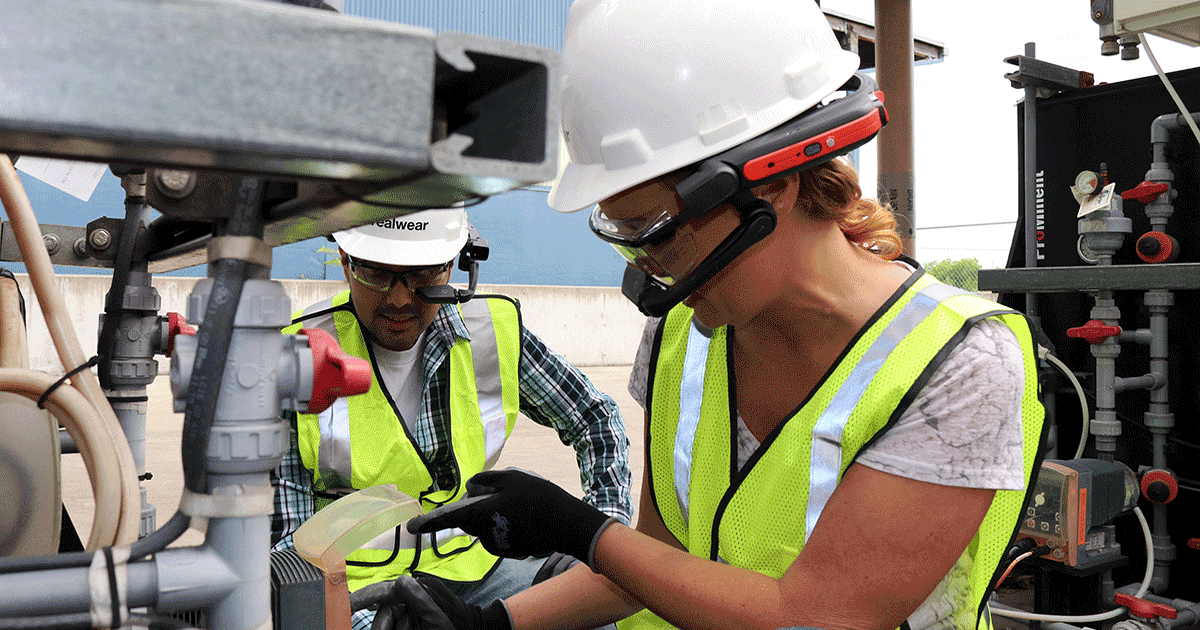
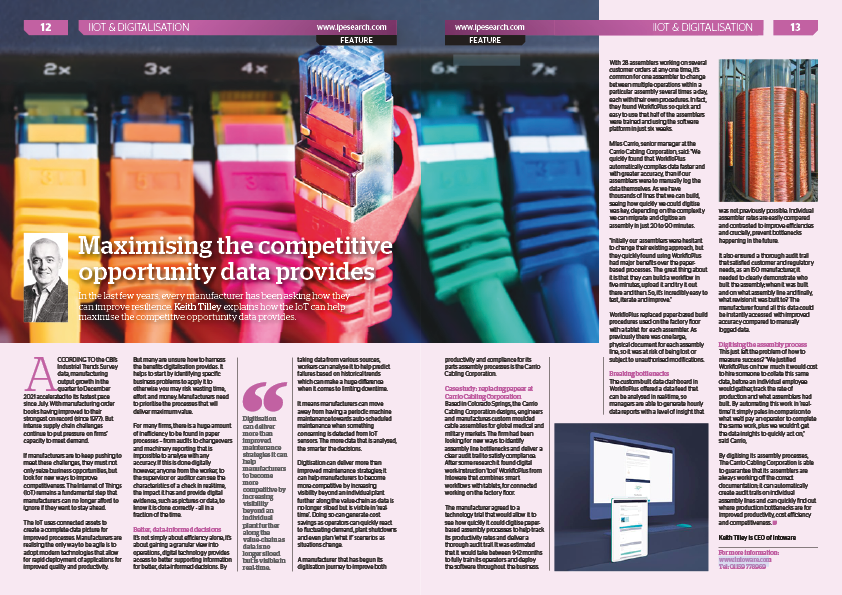
.gif)


